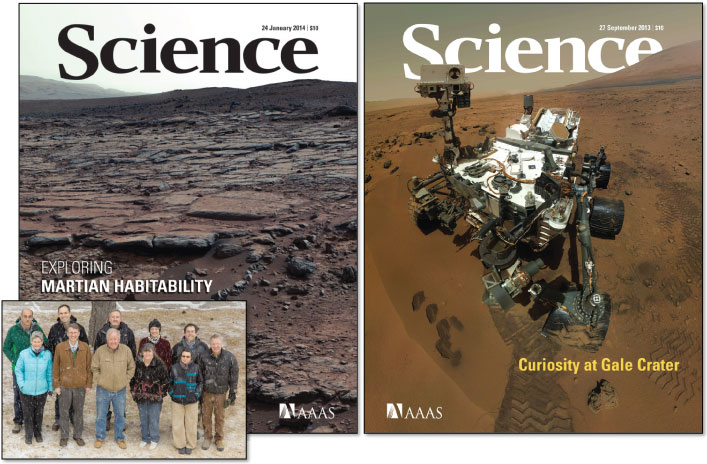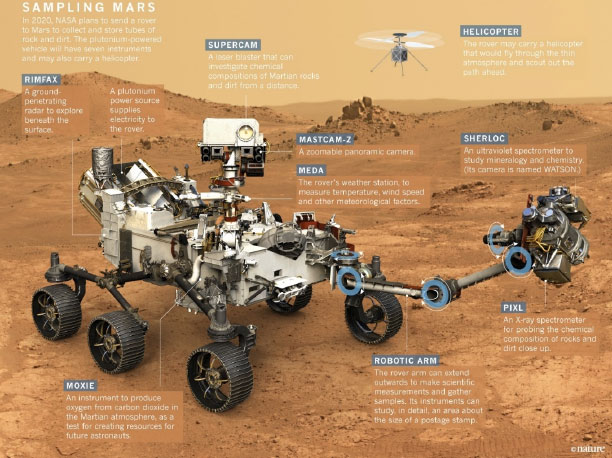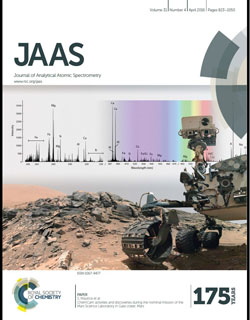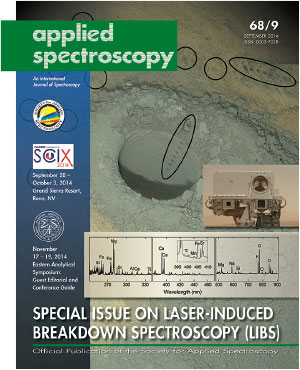Terrestrial, Atmospheric, and Space Science
Most of the research in this team focuses on the development of in situ and remote instruments, as well as advanced quantitative analysis of their measurements
Contact Us
- Group Leader (Acting)
- Harshini Mukundan
- Deputy Group Leader (Acting)
- Kristy Nowak-Lovato
- Team Leader
- Sam Clegg
- Group Office
- (505) 667-7121

The Los Alamos team manages ChemCam, one of the most important Rover instruments and has captured information on such things as the composition of newly found feldspar-rich rocks, the conglomerate beds of an ancient riverbed, and the hydration state of Mars dust and soils. The team won a Distinguished Performance Award in 2013 as well.
This team focuses on the development of in situ and remote instruments, as well as advanced quantitative analysis of their measurements
The team has also made advances in the detection of atmospheric stable isotopes, and developed in situ and remote Laser-Induced Breakdown Spectroscopy (LIBS), Raman Spectroscopy, and an integrated Raman and LIBS Spectrometer (RLS).
Some members of the team work on the ChemCam instrument, the LIBS instrument operating on the NASA Mars Curiosity rover. We are also on the team that is developing the SuperCam instrument selected for the NASA Mars 2020 rover that includes an integrated RLS instrument.

In May of 2019, C-PCS’s Terrestrial, Atmospheric, and Space Science team, led by Sam Clegg with other LANL and International Partners help deliver Supercam to the Jet Propulsion Laboratory for integration into the Mars2020 Rover
At Gale crater on Mars, ChemCam acquired its first laser-induced breakdown spectroscopy (LIBS) target on Sol 13 of the landed portion of the mission (a Sol is a Mars day). Up to Sol 800, more than 188,000 LIBS spectra were acquired on more than 5800 points distributed over about 650 individual targets. A comprehensive review of ChemCam scientific accomplishments and the lessons learned from the first use of LIBS in space, was a recent cover article in the Journal of Analytical Atomic Spectroscopy.

Mars Rover and ChemCam was on the cover of Science Magazine twice in five months. Science Magazine published research on the diversity of Martian soils and sediments from data collected from NASA’s Curiosity rover, revealing a great deal about Mars, from long-ago processes in its interior to the current interaction between the Martian surface and atmosphere.
Chemical make up of the surface of Mars
C-PCS researchers developed and manage ChemCam, a one-of-a-kind laser-induced breakdown spectroscopy (LIBS) instrument on the NASA Mars Rover “Curiosity.”

This cover article from Applied Spectroscopy highlights the ChemCam LIBS analyses around the "Windjana" drill hole. The LIBS spectrum shown was taken at the 4th spot from the bottom within the drill hole, and reveals some of the major and minor elements routinely recorded by ChemCam.





